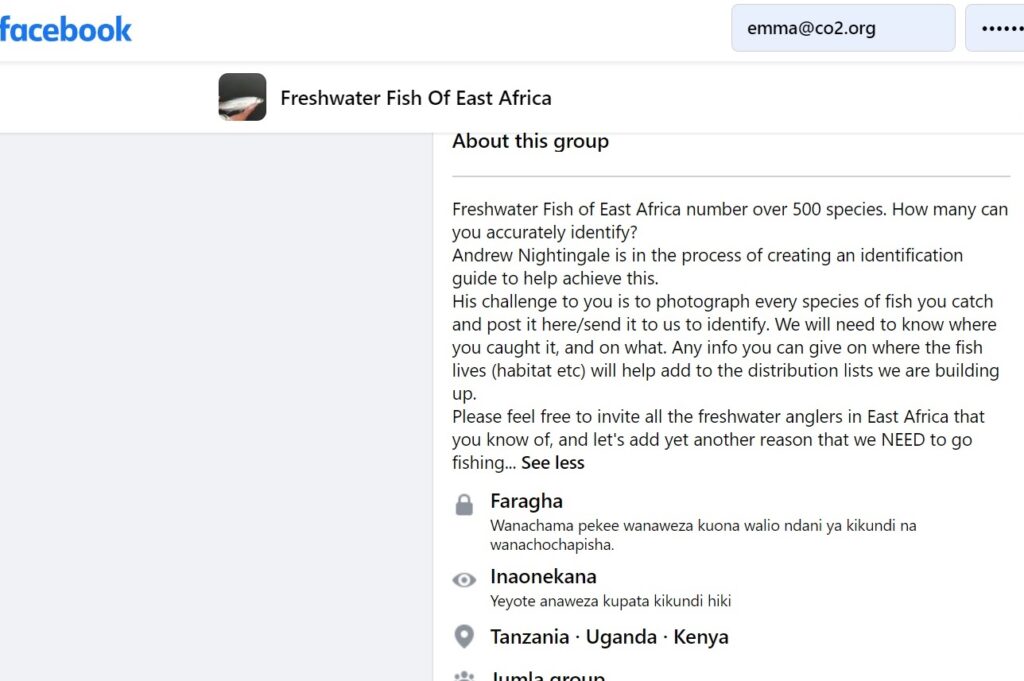‘Minds on Fire’

I enjoyed reading the article ‘Minds on Fire’. It set an optimistic tone (albeit in 2008).
The article must have been an exciting one for its time, focussing on the potential of the Internet to enable social learning and advocating the ‘unleashing of productive inquiry’. The article advocates the potential of the Web 2.0 to create “a kind of participatory medium for supporting multiple modes of learning.”
To what extent has this vision of openness and collaboration become a reality in 2021?
In order to illustrate collaborative learning opportunities online, Brown uses an example of students sending insects to Bugscope at the University of Illinois and then having the ability to view their specimens in real time. Whether this website is still in action was difficult to ascertain, but it made me think of how we have advanced with this sort of ‘live’ and open collaborative learning. The days of needing a computer to do this have gone, and we now do much of our collaborative inquiry on our smart phones. Social media groups, as well as apps, enable us to acquire knowledge, as well as participate in peer-based learning.
PictureThis – plant identifier is an example of artificial intelligence technology enabling collaboration and knowledge gathering.
Within specific local communities where research is still ongoing to classify rare species, there are collaborative Facebook pages, which are examples of “building a community of students and scholars as much as providing access to educational content” (Brown et al).

I would argue that this is a good example of what Brown called ‘reflective practicums’, using an informal platform to create a dynamic infrastructure of learning.
This use of social media and content-sharing through Apps, enabling collaboration in informal settings, is interesting to highlight. It is part of the modern day openness, whereby we can access information and the sharing of information that bypasses institutions and allow us to interact with others (and Artificial Intelligence!).
At the time, Brown was thinking more of the OER movement when he alluded to ‘Learning 2.0’, referring to a user-centric information infrastructure. He advocates an approach to learning that he calls ‘demand-pull’. This sort of learning, that additionally provides people with access to learning communities, as well as pure knowledge, is now very much part of our Internet use and how we approach learning. It is more a learner-based learning, with a focus on individual autonomy.
However, learner beware!
The openness of digital education lends itself to great and not so great learning opportunities.
The following YouTube video is a bit tongue-in-cheek. It made me laugh. The instructor solemnly advocates collaborative learning in the most boring, didactic way possible. It is an example of people having lost sight of the point of collaborative learning, having lost sight of the advantages of what OER can provide in terms of social learning. In my next blog, I will consider how ‘open’ Open Learning is, how it is being exploited and the advantages it nonetheless has.
Brown, J. S., & Adler, R. P. (2008). Minds on fire: open education, the long tail, and Learning 2.0. EDUCAUSE Review, 43(1), pp. 16–32.




The paper is certainly a product of its time and in its individualistic approach, a clear example of a learnification discourse (as well as a certain essentialism). However, the bugscope example (and it is still going which is pretty impressive) is more focused on formal education – elementary and high schools in interaction with the Imaging research group at Illinois University. The demand-pull model for OERs was an optimistic assumption and there remains significant work on pushing OERs and open educational practices. Although there are some powerful examples of OERs such as FOAMed (Free Open Access Medical education) as described here which I think illustrates a lot of the learning community and knowledge exchange practices discussed in the article.